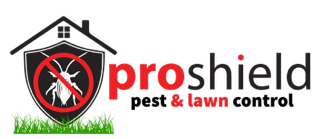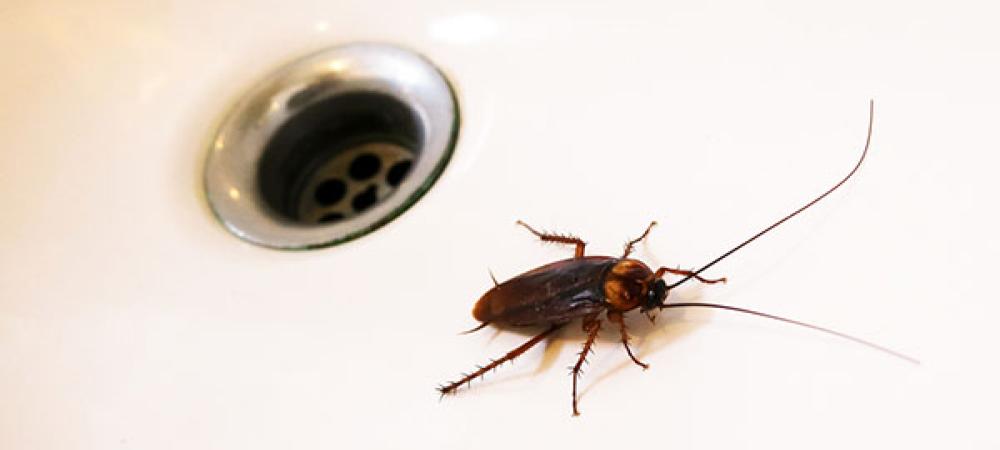Discovering a cockroach scurrying across your floor or countertop can be a distressing experience. These pesky insects are common household pests that can trigger fear and disgust in many people. While it’s natural to feel repulsed, it’s essential to address the situation promptly and effectively to prevent further cockroach infestations. In this blog, we’ll explore how to identify cockroaches and answer some of the most common questions about these common pests.
How Do You Identify Roaches In Alabama
In Alabama, several species of cockroaches are common household pests. Identifying the specific type of roach can help determine the most effective control measures. Here are some common cockroach species found in Alabama and characteristics that can help you identify them:
German Cockroach (Blattella germanica)
- Size: About 1/2 to 5/8 inch in length.
- Color: Light brown or tan with two dark stripes running down the pronotum (the shield-like structure behind the head).
- Behavior: German cockroaches are prolific breeders and prefer warm, humid environments. They are often found in kitchens, bathrooms, and areas with food sources.
- This is the cockroach pictured below.
American Cockroach (Periplaneta americana)
- Size: Approximately 1.5 to 2 inches in length.
- Color: Reddish-brown with a yellowish figure-eight pattern on the pronotum.
- Behavior: American cockroaches are the largest common cockroach species. They prefer dark, damp areas such as basements, crawl spaces, and sewers. They are also known to fly short distances.
- This is the cockroach pictured above.
Oriental Cockroach (Blatta orientalis)
- Size: Around 1 inch in length.
- Color: Shiny black or dark reddish-brown.
- Behavior: Oriental cockroaches prefer cool, damp conditions and are commonly found in basements, bathrooms, and around water sources.
Brown-banded Cockroach (Supella longipalpa)
- Size: About 1/2 inch in length.
- Color: Light brown with pale bands across the wings and abdomen.
- Behavior: Brown-banded cockroaches prefer warmer and drier conditions than German cockroaches. They are often found in living areas, bedrooms, and near electronics.
Smoky-brown Cockroach (Periplaneta fuliginosa)
- Size: Approximately 1.25 to 1.5 inches in length.
- Color: Dark brown to black with a uniformly dark, shiny appearance.
- Behavior: Smoky-brown cockroaches are attracted to outdoor lights and are commonly found around homes and buildings. They prefer wooded areas and can enter structures seeking food and shelter.
Wood Cockroach (Parcoblatta spp.)
- Size: Varies depending on the species but generally about 1/2 to 3/4 inch in length.
- Color: Light to dark brown with well-developed wings.
- Behavior: Wood cockroaches are primarily outdoor insects, but they can occasionally enter homes through gaps and cracks. They are attracted to decaying wood and are often found in wooded areas.
If you need help identify what type of cockroach is infesting your home, contact our exterminators today for a free inspection!

What Should I Do If I See A Cockroach?
If you see a cockroach in your home or vicinity, here are some steps you can take to handle the situation:
- Stay calm: It’s natural to feel startled or disgusted by the sight of a cockroach, but try to remain calm. Remember that cockroaches are common pests and can be managed effectively.
- Do not panic: Avoid screaming or making sudden movements as it may startle the cockroach and cause it to scatter, making it harder to locate and deal with.
- Keep an eye on its location: Observe where the cockroach goes if it’s moving. This can help you track its whereabouts and decide on an appropriate course of action.
- Isolate the area: If possible, try to prevent the cockroach from moving into other rooms by closing doors or blocking its path.
- Do not squish it: While your instinct may be to squash the cockroach, doing so can release its eggs or attract other pests. Additionally, some cockroach species emit foul odors when crushed.
- Use a non-toxic barrier: If you have children or pets, avoid using harmful insecticides. Instead, use non-toxic barriers like boric acid or diatomaceous earth to create a barrier and prevent cockroaches from entering specific areas.
- Trap or capture it: You can use a jar or container to trap the cockroach and then release it outside if you’re uncomfortable killing it. This method can also help you study the pest to identify its species and potential entry points.
- Clean the area: Cockroaches are attracted to food and excess moisture sources. Clean up any food crumbs, spills, or standing water to remove potential attractions. It also helps to put away pet food or leftover food that would otherwise attract this type of pest.
- Seal entry points: Inspect your home for any cracks or gaps in walls, windows, or doors and seal them to prevent more cockroaches from getting inside.
- Seek professional help: If you frequently encounter cockroaches or notice an infestation, consider contacting a professional cockroach extermination service for a thorough inspection and appropriate treatment.
Remember, cockroaches can carry diseases and trigger allergies, so it’s essential to address the issue promptly and take preventive measures to keep your living space clean and hygienic.
If you start noticing several cockroaches around your home, you might be hosting a full cockroach infestation. Contact our team of professional pest exterminators today to help you get rid of cockroaches for good!



